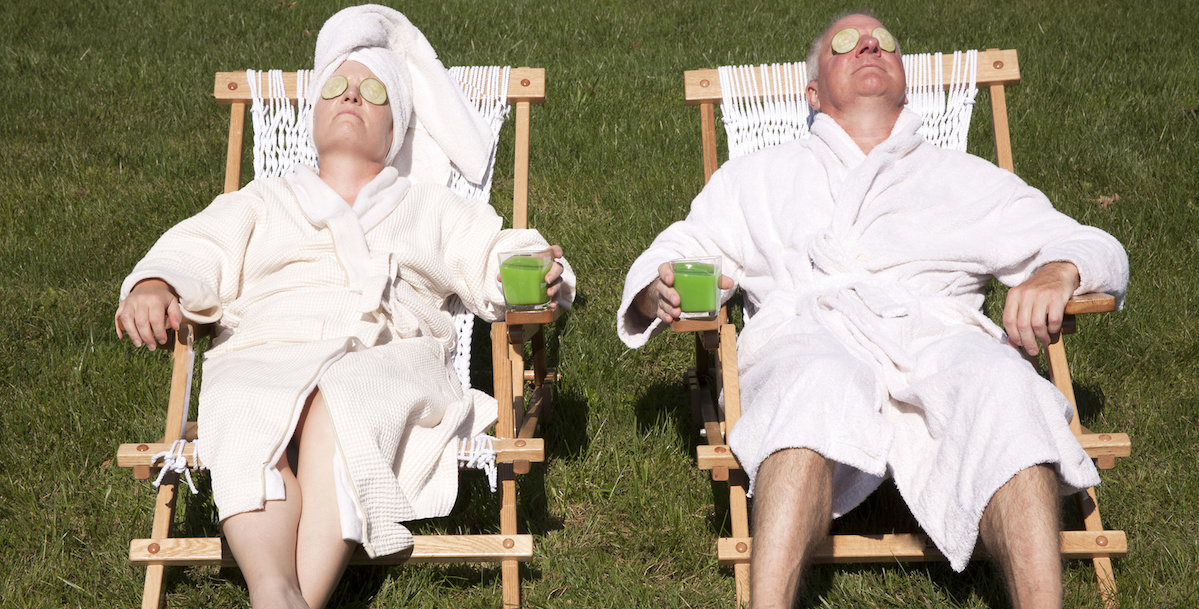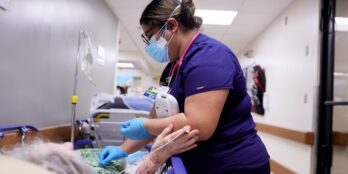
Avoiding the Winter Chill: Seasonal Occupancy Considerations for Senior Living
 2 min
2 min
Today’s forecast: perfectly sunny, with a high of 75 degrees!
…Yeah, that would certainly be nice.
Unfortunately, for those of us living closer to the “North” end of North America, we still have to wait a little while for summer weather to return. That’s not just a bummer for people who like hosting BBQs and splashing around in outdoor pools; it’s also a rough break for senior housing providers struggling with their occupancy levels.
Statistically, senior housing occupancy tends to rise in the summer months, Beth Burnham Mace, chief economist for the National Investment Center for Seniors Housing & Care (NIC), told Senior Housing News in a recent interview. Families are more likely to move their loved ones into communities when it’s warm outside. Dallas-based Capital Senior Living, which currently owns about 129 senior living communities across the United States, has certainly experienced this phenomenon relative to its company performance.
“The third and fourth quarters… seasonally are quarters of greatest occupancy growth,” Larry Cohen, Capital Senior Living’s vice chairman and CEO, said during a 2013 first-quarter earnings call.
Many providers are familiar with these seasonal swings of senior living: summer months are filled with move-ins, followed by the holidays, when family members often take action upon noticing that ailing parents or loved ones are in need of more care.
According to SeniorHomes.com, lead volumes are usually about 25% higher in the eight to 10 days after Thanksgiving.
Then, after Christmas, comes the chill.
Plenty of senior living providers know firsthand how harsh the winter can be. For some providers, this can mean quarantining senior housing communities during the flu season, which makes offering tours to prospective residents effectively impossible. Interested parties that can’t actually visit a senior living community aren’t likely to end up moving in.
Then there are weather considerations. Snow and ice in the Northeast and Midwest prevent travel altogether, including senior living tours. For current active residents, that same snow and ice can lead to slippery walkways — and slippery walkways lead to falls.
Skilled nursing providers aren’t as negatively impacted by unpleasant winter months, when a perfect storm of the flu, falls and unpleasant outdoor conditions can land senior living residents, at least temporarily, in skilled nursing settings. It’s senior living providers who need to understand that while some seasonal factors that negatively impact occupancy are beyond their control, others can be successfully mitigated.
Consider widespread flu shots, for instance, to help prevent the spread of the flu in the first place — or at least to prevent it from getting too out of hand. Always make sure a community’s roads and walkways are de-iced, and remember that water tracked into an entryway can pose the same slippery risk as the slush outside. Post signage and remind residents through daily communication channels that the weather is inclement.
Follow the link to learn more about how to keep your occupancy numbers high.
March 10, 2017






